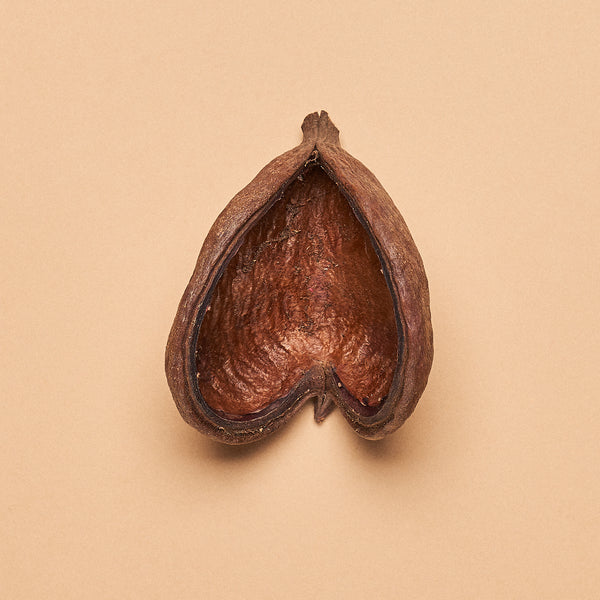- Continue Shopping
- Your Cart is Empty
Magnolia Leaves
Sold Out
The leaves of the Magnolia tree are distinctive, attractive, and very useful for aquarium purposes. They're decorative, and make a great supplemental food source/biofilm substrate. They can vary widely in color, including oranges and browns, which makes them particularly attractive for a mixed leaf litter bed!
There are over 50 cultivars. Magnolia grandiflora (the one we typically offer) is quite beautiful. Ours are harvested after they have naturally fallen, which is important, as some of the sugars have been depleted, and are free from pesticides, herbicides, and pollution.
Magnolia leaves have a distinctive "look." Let's just say that, when you remove them from the context of the tree, they're downright "exotic-looking"- perfect for our uses! They will darken over time after submersion, adding to their uniqueness.
As far as tannins in the leaves, these leaves seem to contain quite a good quantity of them, and you will get a good, golden-brown tint with several leaves in a relatively modest-sized aquarium!
FUN FACT: Magnolia grandiflora produces phenolic antimicrobial chemicals, compounds called coumarins and sesquiterpene lactones, which discourage predation and grazing by terrestrial insects. Coumarins have known anti fungal properties. We can't help but wonder if these same antimicrobials and antifungals might provide some sort of benefits to fishes in a similar fashion to those attributed to Catappa, but this is just conjecture on our part; we are not aware of any specific scientific study on the matter, nor of the existence of data to confirm this theory.
ORIGIN: Southwestern U.S.A
PREPARATION: We recommend that you rinse them well, then steep them in boiling (ore really hot) water for 10 minutes or so prior to use, and/or soak overnight in fresh water, which will help soften them a bit, and make them more palatable to shrimp, as well as to foster a "biofilm" on their surfaces, which provides supplemental grazing for shrimp and small fishes, and fry. And of course, it helps them sink more easily!
NOTE: Occasionally, these leaves may arrive with some mold or fungus on their surfaces. This is typically because their waxy "cuticle" does a really good job of retaining moisture, and in the confines of the plastic bag, a sort of "greenhouse effect" ensues. We've found that you can continue to use the leaves without any issues if you give them a little wipe down with a damp paper towel before preparing for use as instructed. If it's really bad, contact us and we will replace/credit as necessary!
And of course, other times, they'll be rather "dry and crispy", and can be more-or-less "reconstituted" somewhat during the prep process.
#magnolialeaves
All of our aquatic botanicals are intended for ornamental aquarium or terrarium use only. Please use common sense and take the time to boil or soak all botanicals prior to using them, to reduce the possibility of problems. Always go slow when introducing any botanicals into your systems, so you can judge the effect they have on your fishes and plants. They are not intended for human consumption. DO NOT INGEST!
NOT FOR HUMAN CONSUMPTION
NOTE: Since this is a natural product, each leaf will have a unique appearance. The photo is to provide you with an idea of what the leaves will look like and is not a representation of the exact leaves you will be receiving. leaves will often be broken on arrival.
SEE OUR SHIPPING AND HANDLING PAGE FOR OUR SHIPPING POLICIES



Related Items
Sterculia Pod
Sold Out - $ 16.00
The beautiful fruit, or "follicle", as botanists call it) of the jungle tree Sterculia foetida are among our favorite botanicals! Also known locally in Southeast Asia as the "Java Olive." They are carefully collected as...
Cariniana Pod
Sold Out - $ 22.00
A true "gift from the jungle", the Cariniana Pod comes to us from the Cariniana legalis tree from South America. Interestingly, these are some of Brazil's oldest trees, with some...
Live Oak Leaf Litter (Approx 1.5oz/42.52g Package)
Sold Out - $ 5.00
The beautiful leaves of the Live Oak, Quercus sp. are a real gem for the botanical-style aquarium enthusiast/aquascaper! Not only are they small (typically the largest specimens are less than 3.5"/8.89cm;...




















